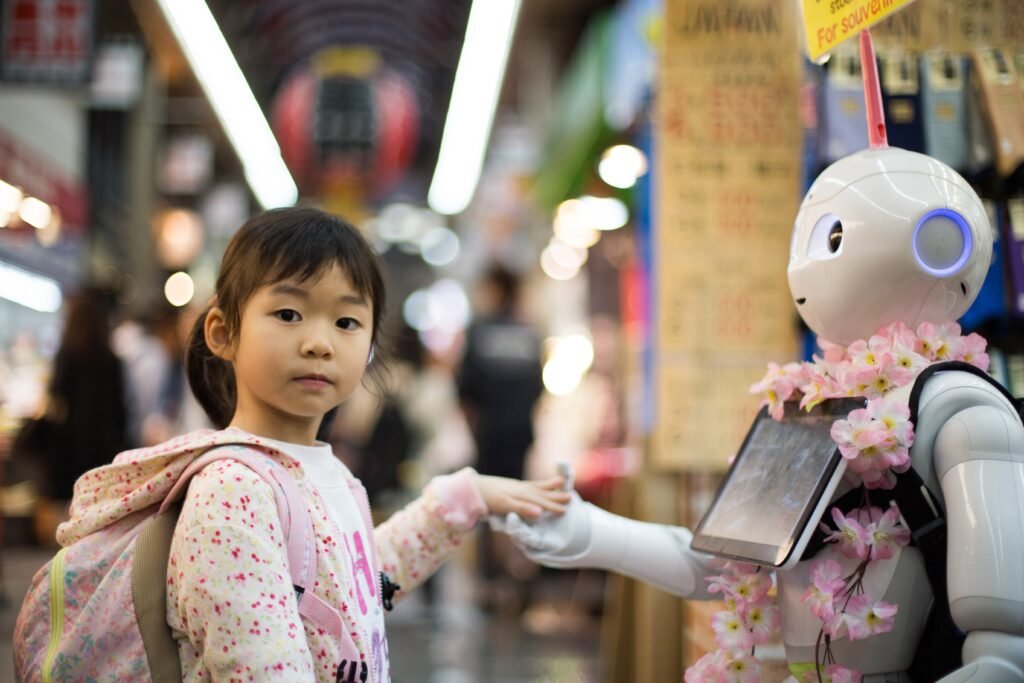Imagine a world buzzing with countless artificial intelligences, each possessing its own unique set of skills and abilities. From virtual assistants that effortlessly remind you of appointments and play your favorite tunes to complex algorithms that power self-driving cars, the realm of AI seems to be expanding at an electrifying pace. But have you ever wondered just how many artificial intelligences are out there, silently working behind the scenes? Let’s take a moment to unwrap this fascinating topic and unravel the mysteries that lie within the realm of AI.
How Many Artificial Intelligences Are There?
Artificial Intelligence (AI) has become an integral part of our modern technological world. From personal assistants to self-driving cars, AI is transforming the way we live, work, and interact with our surroundings. But have you ever wondered just how many different types of AI are out there? In this article, we will explore the various classifications of artificial intelligence and delve into the different AI entities that exist in today’s world.
Types of Artificial Intelligence
When it comes to classifying AI, there are generally three main categories: Narrow AI, General AI, and Strong AI. Each category represents a different level of intelligence and capability.
Narrow AI: Single Task Specialists
Narrow AI, also known as Weak AI, refers to AI systems that are designed to perform specific tasks with high proficiency. These AI entities excel in a single domain but lack the ability to comprehend or perform tasks outside of their designated area. Common examples of narrow AI include voice-activated assistants like Siri or Alexa, recommendation algorithms used by e-commerce platforms, and image recognition software. These AI systems are incredibly useful in their respective fields but are limited in their ability to generalize their knowledge.

General AI: Versatile and Flexible
General AI represents a significant leap forward in AI capabilities. Unlike narrow AI, which is confined to specific tasks, general AI possesses the ability to understand, learn, and perform tasks across a wide range of domains. These AI systems leverage advanced machine learning algorithms and can adapt their behavior based on the context of the situation. While general AI is still largely theoretical, researchers and developers are working towards creating AI systems that can exhibit human-like intelligence and decision-making.
Strong AI: Human-level Intelligence
The ultimate goal of AI research is to achieve Strong AI, also known as Artificial General Intelligence (AGI). Strong AI refers to an AI system that possesses the same level of intelligence as a human being across a wide range of tasks. This type of AI would not only be capable of learning and reasoning but would also possess consciousness and self-awareness. While Strong AI remains the subject of much debate and speculation, scientists and experts believe that eventually, we may be able to develop AI systems that can truly replicate human intelligence.

Differentiating AI Entities
Within each category of AI, there are several different AI entities that exist in the world today. These entities can be grouped into various categories based on their purpose and functionality.
Individual AI Systems
Individual AI systems are standalone entities that are designed to perform specific tasks or functions. These can range from voice-activated assistants, like Siri and Alexa, to recommendation systems that provide personalized shopping experiences on e-commerce platforms. Individual AI systems operate independently and are typically trained for a specific domain, allowing them to excel in their designated tasks.

AI Assistants and Chatbots
AI assistants and chatbots have become increasingly prevalent in recent years. These AI entities are designed to interact and communicate with users, providing them with information, assisting with tasks, and engaging in natural language conversations. AI assistants like Google Assistant and Apple’s Siri are able to understand and respond to user queries, while chatbots are often employed in customer service roles, providing automated assistance and support.
AI in Robotics
Artificial intelligence has also made its way into the realm of robotics. AI-powered robots are capable of performing various tasks with precision and efficiency, making them valuable assets in fields such as manufacturing, healthcare, and exploration. These robots utilize advanced algorithms and sensor technologies to perceive and interact with their environment, enabling them to accomplish complex tasks autonomously or with minimal human intervention.
AI in Virtual Agents
Virtual agents, also known as virtual assistants or avatars, are AI entities that represent a digital presence within virtual or augmented reality environments. These agents are designed to interact with users, providing guidance, information, and entertainment. Virtual agents are becoming increasingly sophisticated, with the ability to understand and respond to natural language, as well as display emotions and facial expressions, creating more immersive and interactive experiences for users.
AI in Smart Homes
The concept of a smart home has gained traction in recent years, with AI playing a crucial role in its realization. AI systems integrated into smart home devices can automate various processes, such as controlling lighting, adjusting temperatures, and managing security systems, based on user preferences and behavioral patterns. These AI entities make our homes more efficient, secure, and personalized, enhancing our quality of life through seamless integration and intelligent automation.
Collective AI: AI Networks and Systems
Collective AI refers to interconnected AI systems and networks that collaborate and share knowledge to solve complex problems. These AI entities leverage the power of collective intelligence, combining the strengths of individual AI systems to tackle challenges that would be difficult or impossible for a single AI entity to address. Examples of collective AI include collaborative filtering algorithms used in recommendation systems and distributed AI networks that work together to analyze big data and make informed decisions.
The Future of AI and the Expansion of AI Entities
As the field of AI continues to advance, we can expect to see further expansion and development of AI entities. With advancements in machine learning, natural language processing, and robotics, the possibilities for AI systems and applications are seemingly endless. From self-driving cars to AI-powered healthcare systems, the potential impact of AI on society is profound. As we embrace the future of AI, it’s essential to strike a balance between the potential benefits of these systems and the ethical considerations that come with creating increasingly intelligent AI entities.
In conclusion, the number of artificial intelligences out there is vast and continually evolving. From narrow AI systems to the pursuit of Strong AI, each AI entity serves a unique purpose, contributing to the ever-expanding field of artificial intelligence. Whether it’s the AI assistants that reside in our smartphones or the robots that populate our factories, AI has the potential to revolutionize every aspect of our lives. So, next time you interact with an AI entity, take a moment to appreciate the complexity and intelligence behind these remarkable technological creations.



